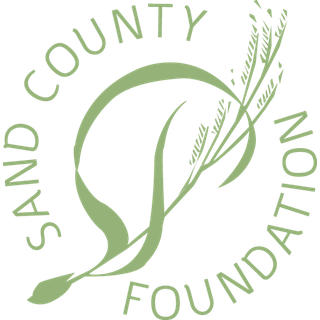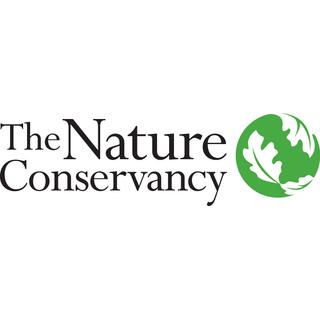Thomas Jefferson Thurston was the first known European male to consider permanently settling the Weber River Valley in what is now known as Morgan County. When Thomas saw Morgan Valley for the first time, he was immediately drawn to its green hills, which reminded him of his Ohio home. He and his family cleared the area and settled the land that is now Circle Bar Ranch.
Fred Thurston, Thomas’ great-grandson, was born on this farm and has never been away for more than a week or two at a time in the past 87 years. He has farmed the land since he was a kid, going to great lengths to improve land health so it can persist into future generations. Circle Bar Ranch includes about 100 acres of irrigated pasture land and over 1,000 acres of dry farms and rangeland.
Fred has lead the charge in changing the management practices his ancestors used on the ranch. From early on, Fred figured out that in the long run, taking care of the land and natural resources will not only be more profitable, but also provide significant benefits to his fellow neighbors in the community who want to enjoy the natural landscape around them. Starting in the 1950s, and in cooperation with officials in rangeland programs, Fred has voluntarily removed sagebrush on close to 1,000 acres of rangeland. He went a step further and reseeded the area with wheatgrass, supporting more animals and reducing soil erosion and damage.
In the past, many farmers planted on hillsides but left gullies bare, leading to erosion. Fred has focused on protecting them from further erosion by turning them into grassy waterways. Hardy grasses established in the gullies slow the water flow and reduce erosion. This also keeps the runoff on the field, benefitting crop productivity.
Although dry farms are usually conducted with without access to water, the livestock require water on the rangeland. To accommodate this, Thurston created a wildlife pond in the middle of the dry farm. After the dry farm crops are harvested, cattle feed on the late growth crop and grassy waterways. However, for most of the year, the pond is used by wildlife including ducks, wild turkeys, migratory birds, deer and elk.
“In a time where Utah’s population is growing, and human conflicts with wildlife are becoming more challenging, I appreciate Fred’s willingness to look beyond his own needs and to consider the collective needs of the people around him,” said Gregory Sheehan, Director of Utah Department of Natural Resources. “He has proved that by doing so, voluntary conservation efforts can benefit private operations while also benefiting wildlife and the public.”








